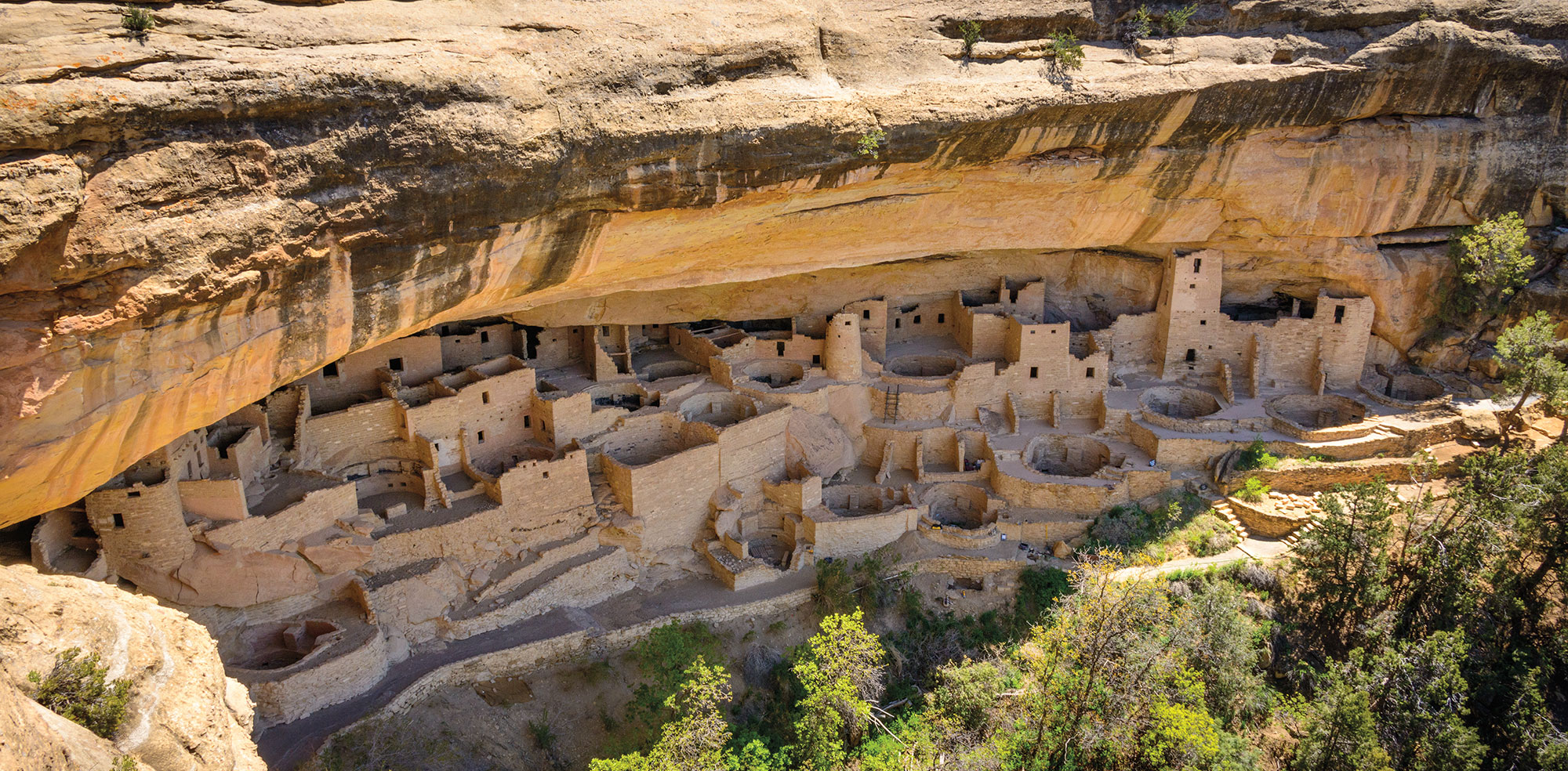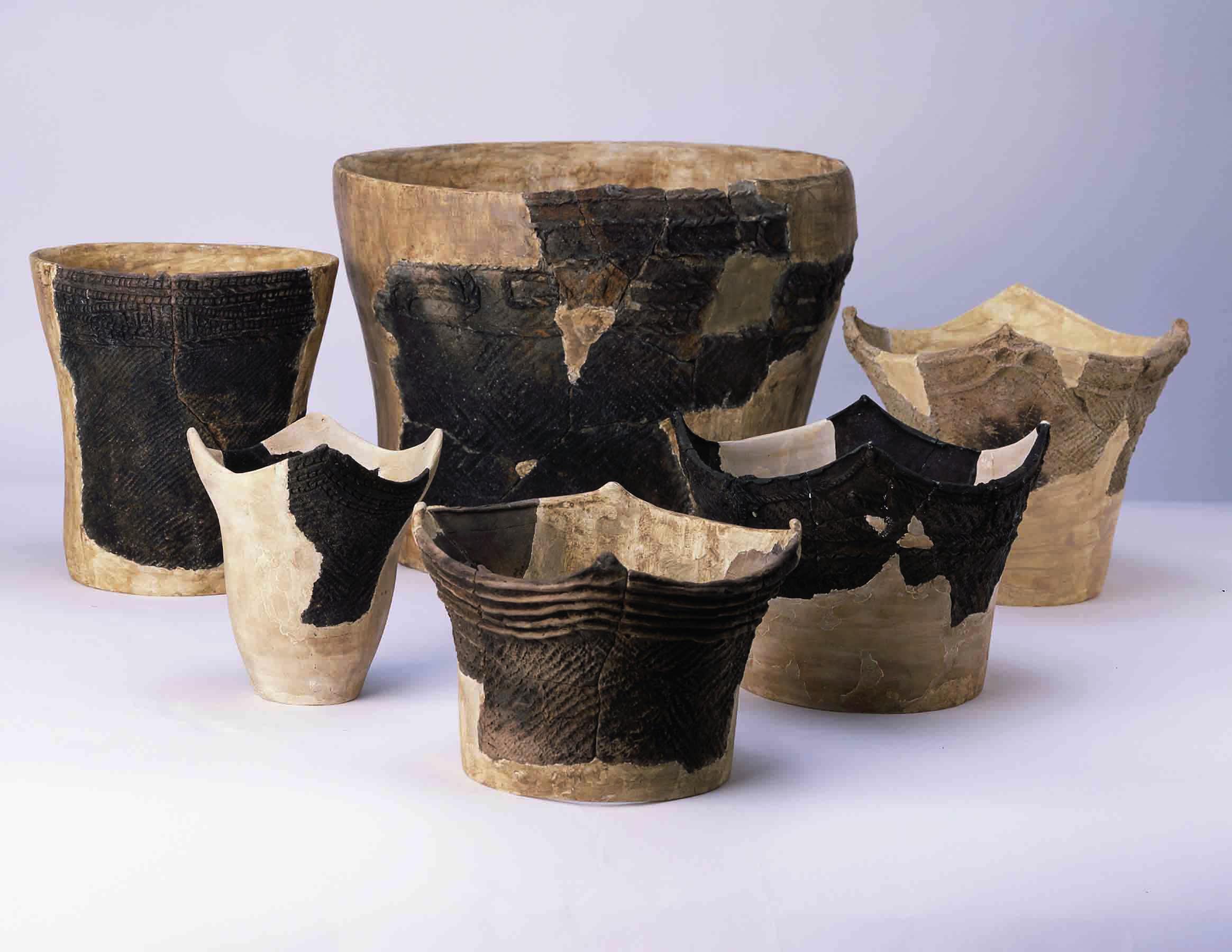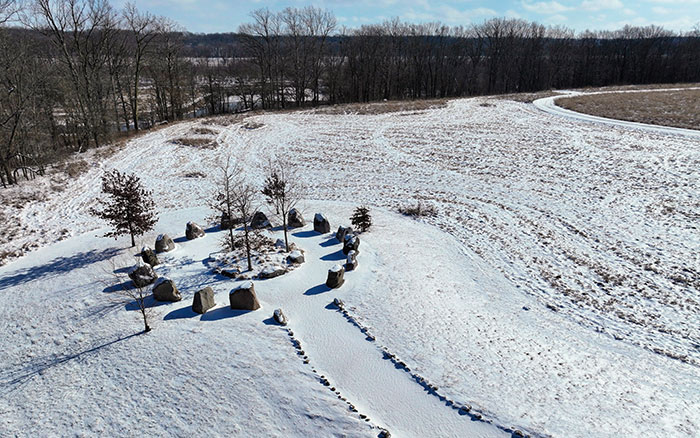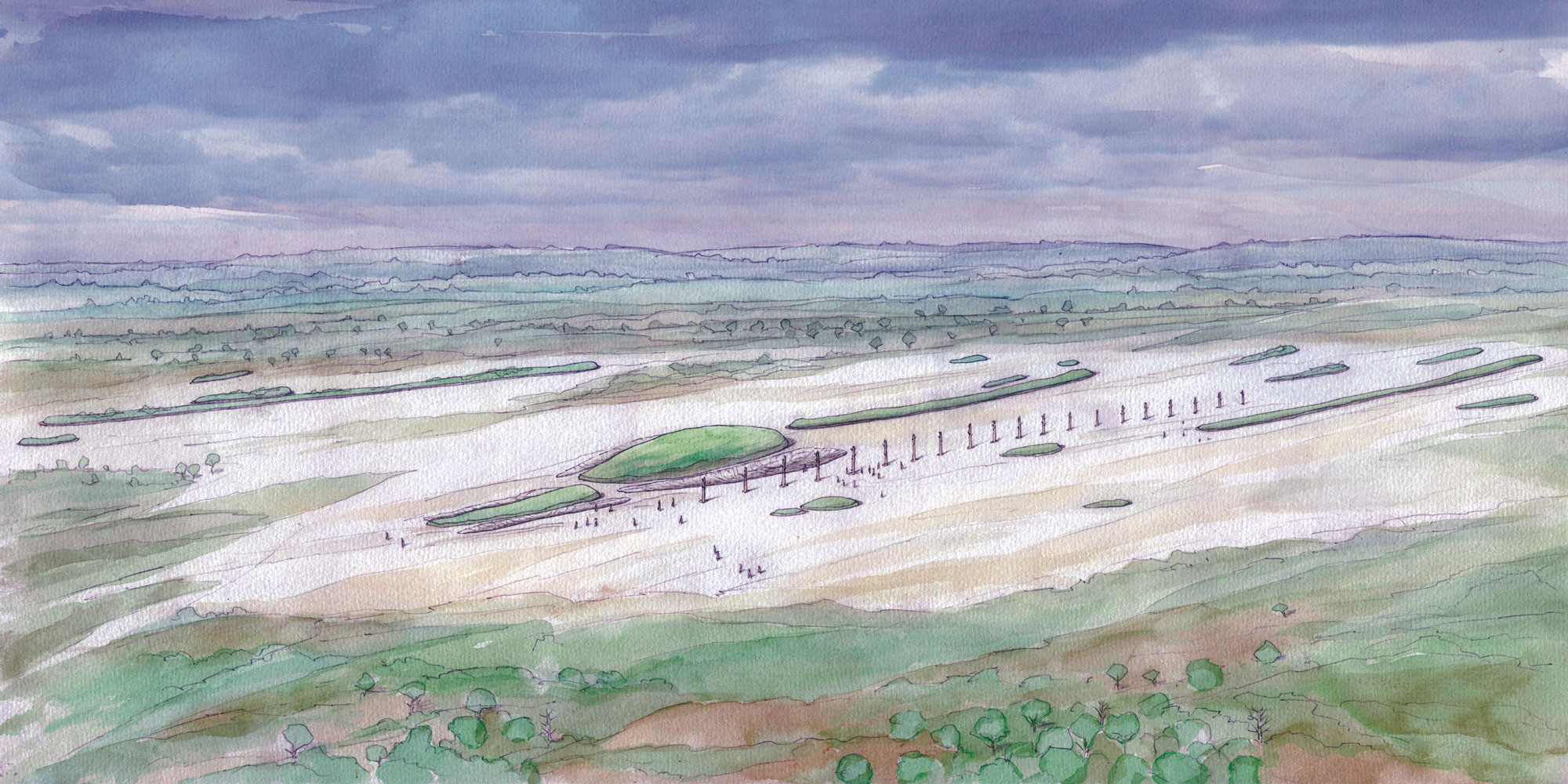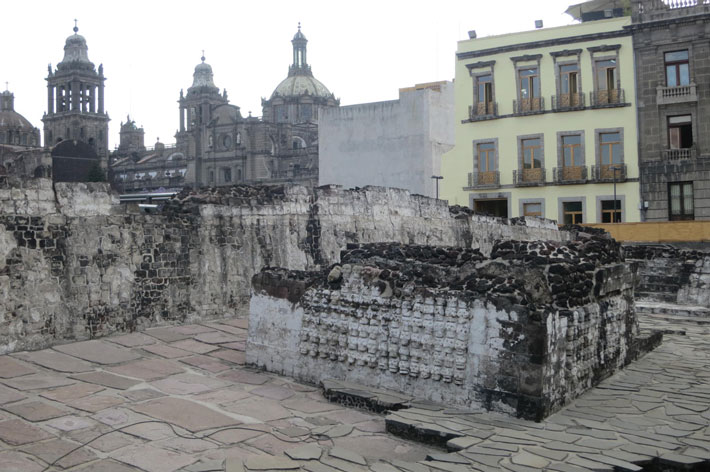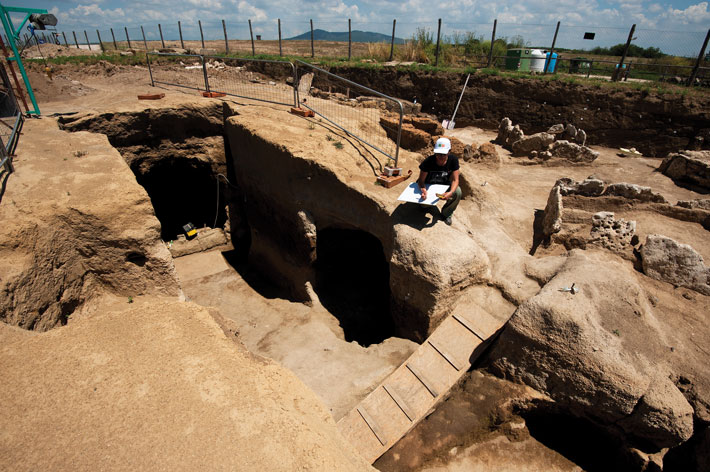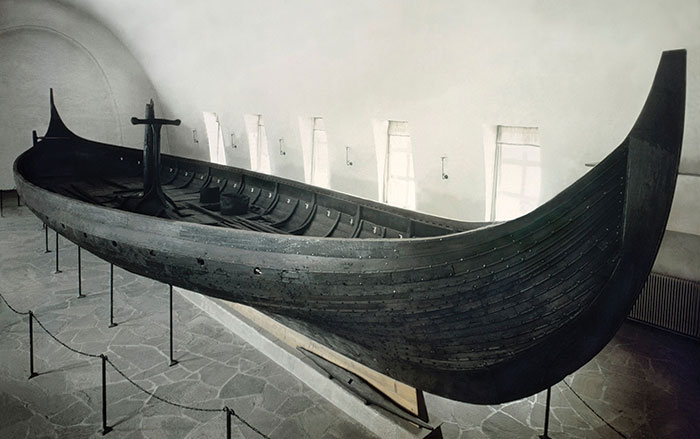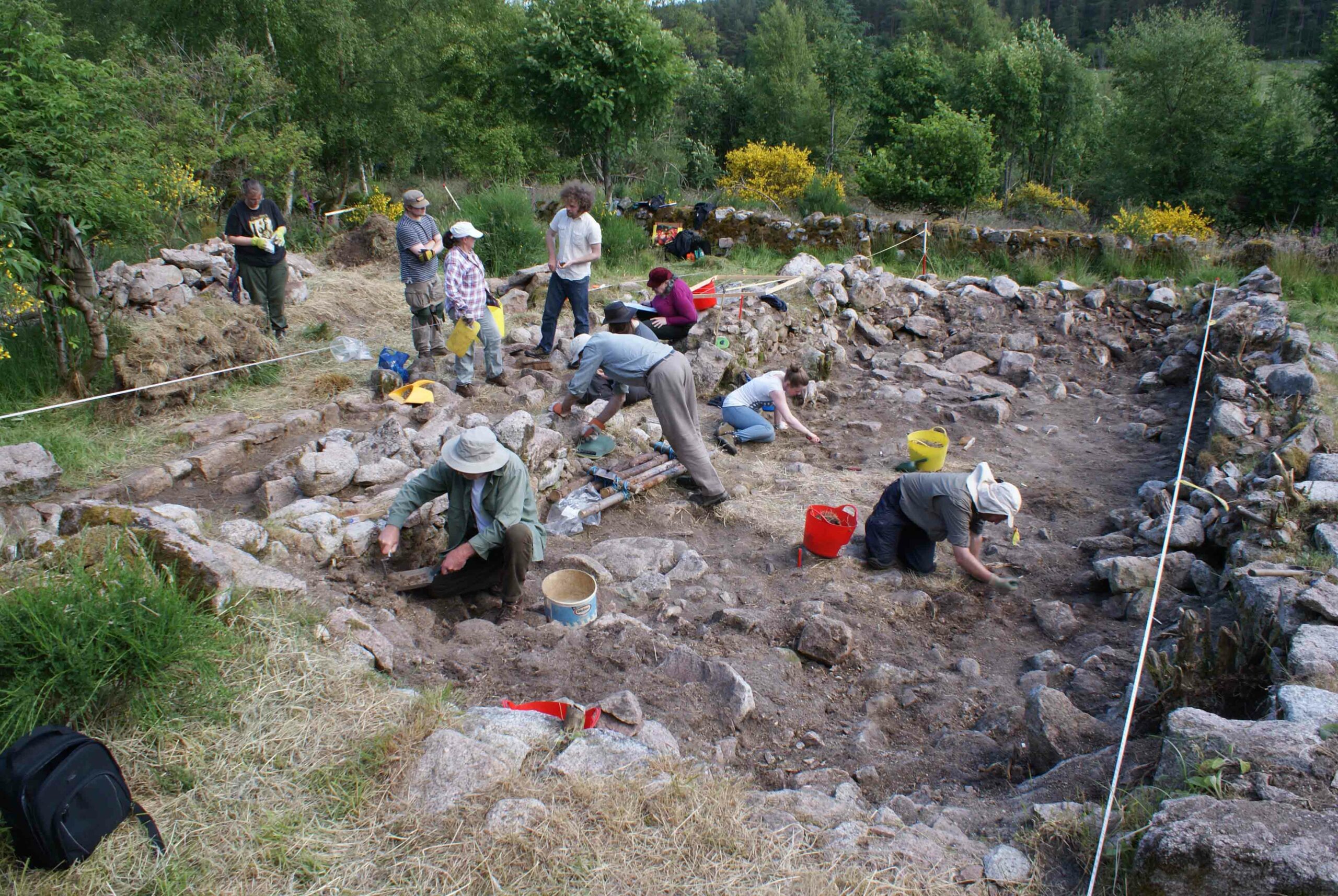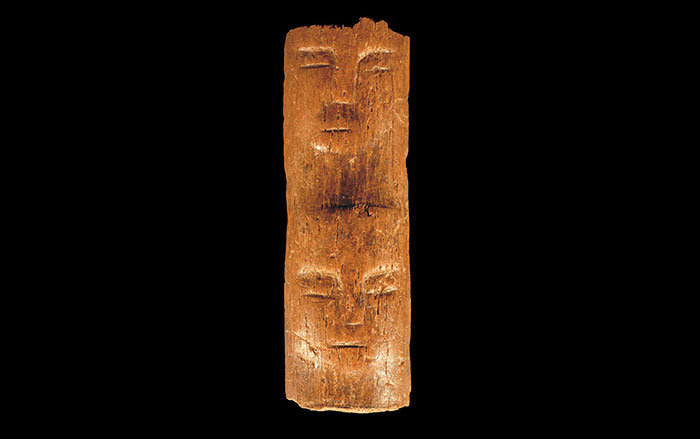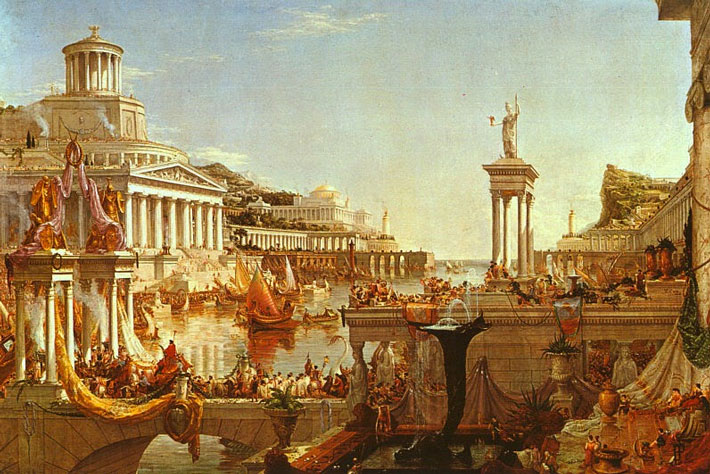
ATLANTA, GEORGIA—The stage was set for the population boom of the eighteenth and nineteenth centuries in antiquity, according to Aaron Stutz of Emory University’s Oxford College. His analysis of demographic and archaeological data indicates the interaction between competition and organization reached a tipping point between 1,500 and 2,000 years ago. The resulting political-economic balance allowed more people to gain more control over their lives and generate capital. That small-scale success eventually led to more complex development, more resources, and better care of offspring. Then the public health improvements of the Industrial Revolution helped more people to live longer. “The increasingly complex and decentralized economic and political entities that were built up around the world from the beginning of the Common Era to 1500 CE created enough opportunities for individuals, states, and massive powers like England, France, and China to take advantage of the potential for economies of scale,” he told Phys.org. To read about earlier population booms in the Neolithic, see ARCHAEOLOGY's "The Impact of Early Farming on Population Growth."


